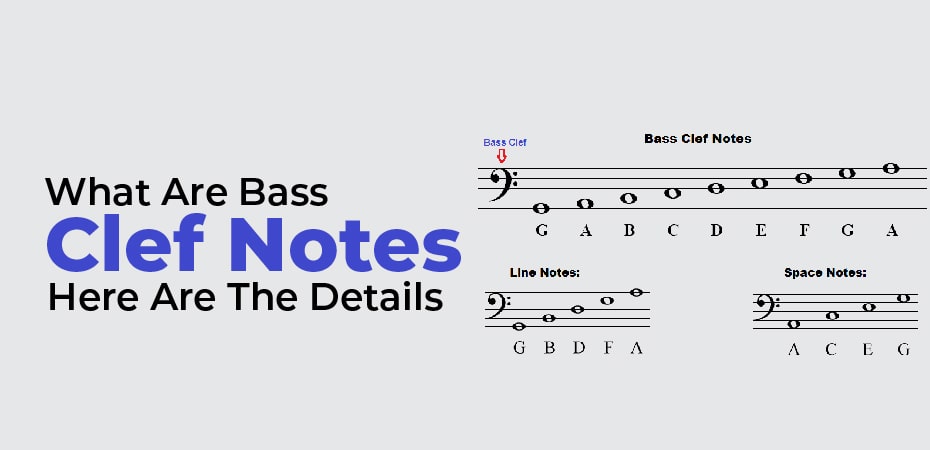The modern staff is divided into five lines and four spaces, each of which represents a specific pitch. The first symbol on each staff represents a certain pitch: low, medium, or high. In this lesson, we will focus on the bass clef staff, which looks like this.
Ear-shaped symbols represent low to medium pitches. Basses, bassoons, trombones, and the lower range of the piano are examples of instruments that can play music with this staff. Because the letters of the lines and spaces start at the bottom, the bass clef staff is easy to use.

Four Easy Steps To Drawing A Bass Clef
As opposed to the treble clef, this is much easier to draw. Two dots and one curved line is all it requires.
- The fourth line should have a dot.
- The top line should curve upwards.
- Curve downward, ending on or just below the second line.
- Create two dotted lines above and below the fourth line in the staff.
What Are Treble And Bass Clef Notes
Music staffs begin with the clef symbol. In this way, you can determine which note (A, B, C, D, E, F, or G)
is found on which line or space.
Accordion treble clef symbols, for example, indicate that the second line from the bottom (the one the symbol curves around) is “G”. Notes are always arranged on any staff so the next letter always appears on the next line or space.
Staff Spaces
There are four spaces between each of the five lines. The spaces represent the pitches. They are in ascending order. High pitch corresponds to a higher space. A, C, E, and G are the spaces starting from the bottom of the bass clef staff.
A musician knows to play or sing pitch A when the note is placed on the bottom space. Count the space on which the note is located, and then find its corresponding letter. Count over three letters in the sequence if your note is in the third space. Since E is the third letter in the sequence, the note is E in this case.
Notes On Bass Clef
Notation is the form in which music is written. In music notation, the notes are written in the order they are played, as well as for how long they are played. The notation is written on a staff that has five lines and four spaces in which the notes are written. Higher staff positions mean higher pitches and vice versa.
The symbol called a clef will appear on every staff. The right hand is used for writing piano music. Notes played with the left hand in the bass clef, or F clef, have a lower sound. Grand staffs are created by bracing two clefs together.
Bass Clef Notes On the Staff
It’s time to face a ruthless killer! There are some musical clues left by the killer that point to his or her location. Nevertheless, the clues are written in the bass clef, and the notes on the bass clef staff differ from those on the treble clef staff. Learn how to read the ransom note by reviewing the notes of the bass clef staff.
Bass And Treble Clef Notes
Our first step in understanding them is to know who they are. Notes are written on the musical staff. They are written five spaces per line. There are white keys on your piano for every line or space on the staff.
The staff is divided into two sections. A treble staff and a bass staff are present. Each staff contains a treble clef and a bass clef. As seen on the treble staff, the notes of the lines from bottom to top are E-G-B-D-F, while the notes of the spaces are F-A-C-E. the notes of the lines in the bass staff are G-B-D-F-A. A-C-E-G are the notes of the bass staff’s spaces. The treble staff and bass staff will have a total of 9 notes each.
Something is wrong. Only 18 notes? How about the rest of the piano notes? There are 61 keys on some keyboards, 76 keys on others, and 88 keys on a piano. Ledger lines solve what appears to be a problem. We add ledger lines (or leger lines) when there is no more room on the staff. We can add notes to the 5 lines, 4 space staff by adding these very short lines. This can be done from either the treble or the bass staff. Lower notes are those below the staff, while higher notes are those above.

